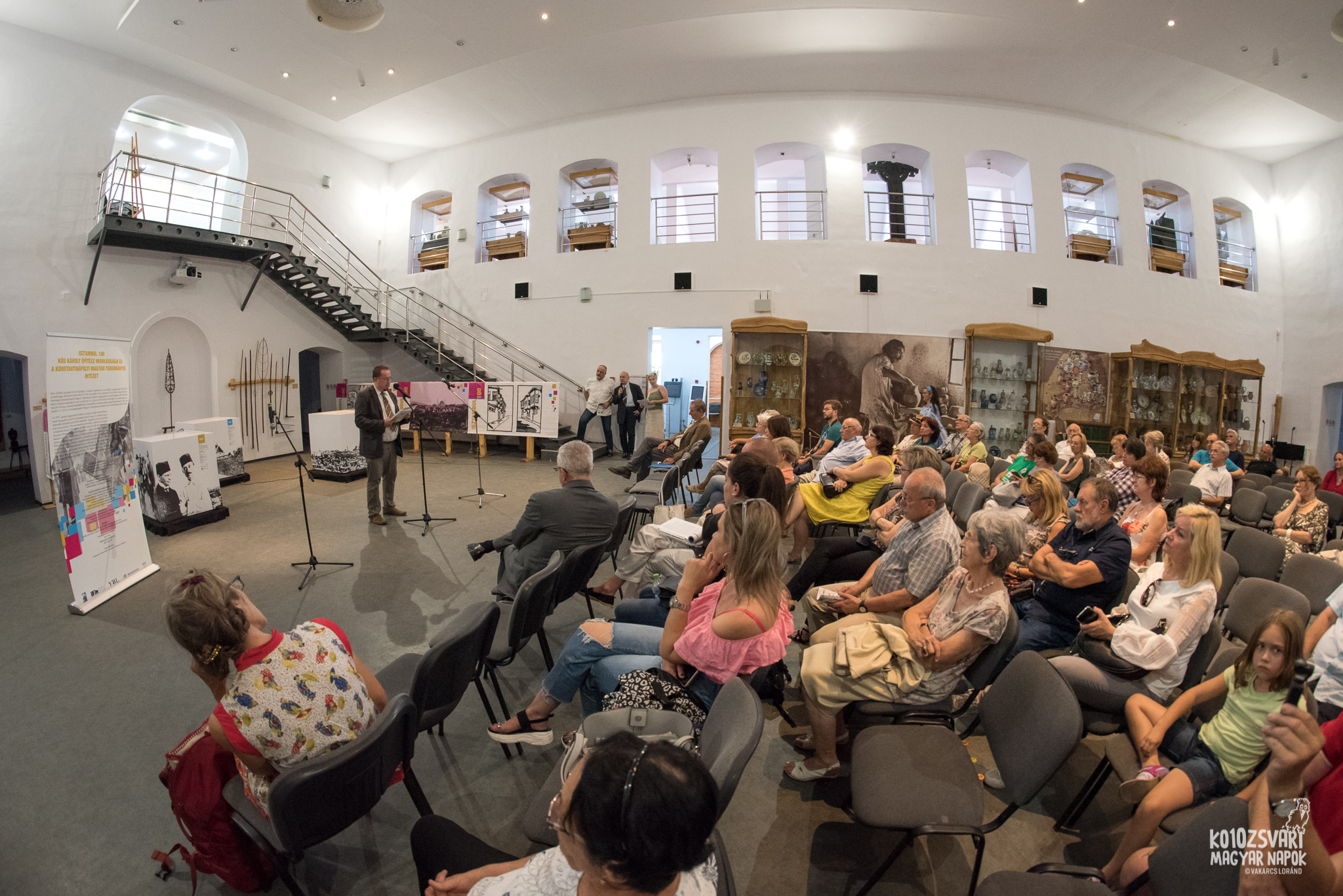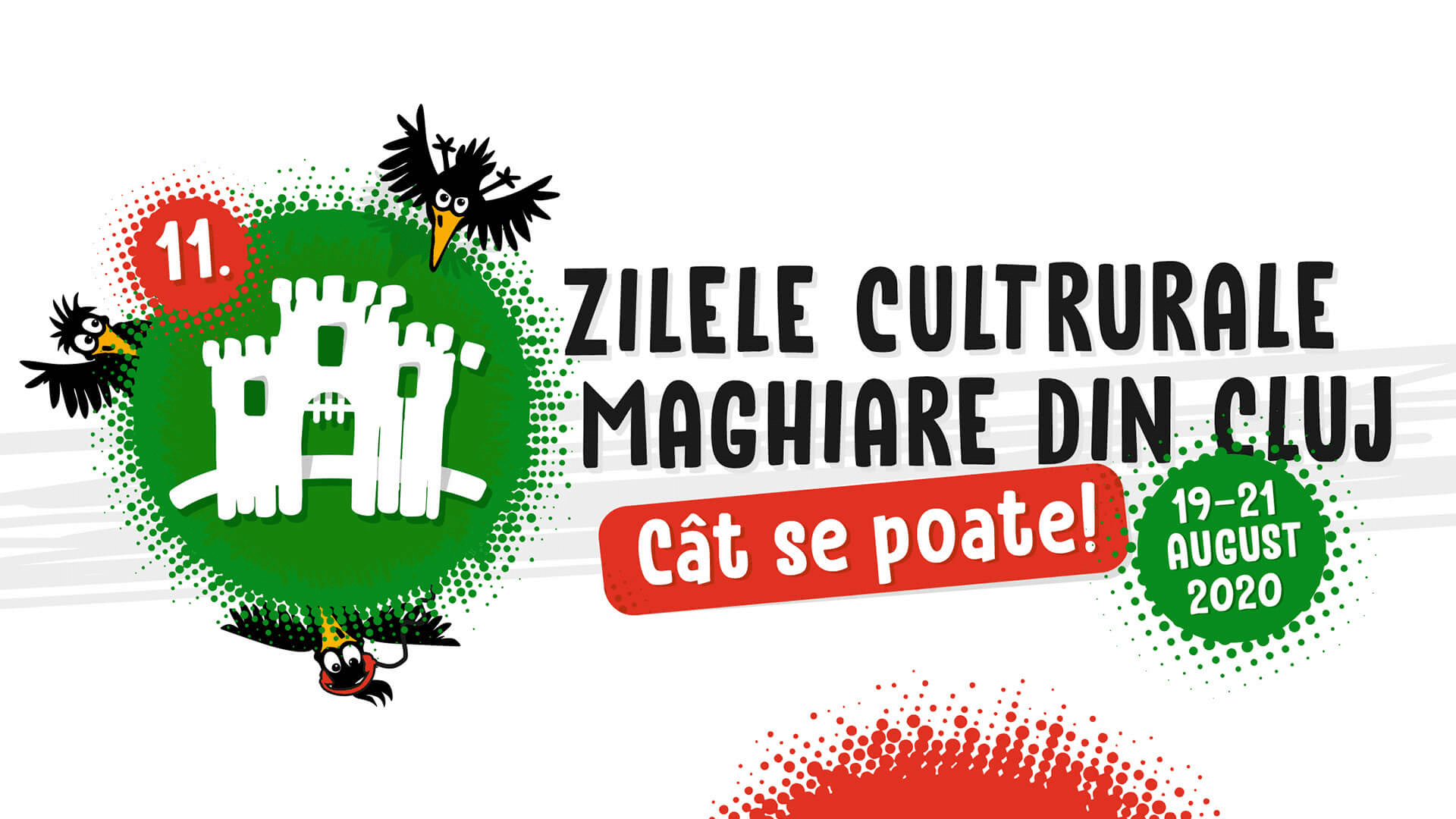
Dedicated to the cultural heritage of Károly Kós, writer and architect, the anniversary exhibition has been opened at the Ethnographic Museum of Transylvania in the presence of Hungarian and Turkish authority representatives, as well as members of the Kós family. The exhibition entitled “Istanbul 100 – Károly Kós and the Hungarian Scientific Intistute in Costantinople” marks the beginnings of the Hungarian cultural diplomacy, Károly Kós being among the first scholars of the institution, which was inaugurated in the early 20th century.
During his stay in the Ottoman capital between February 1917 and May 1918, the young Károly Kós drew a map of the city, he made notes on the traditional Ottoman architecture, he studied the works of master Sinan and he suggested the main guidelines of urban development – to finally having it all summed up in his book “Istanbul”.
Masterminded by Anthony Gall, Beáta Fabó and Gábor Fodor, the exhibition is clustered around three main themes: 1. The Architect, which presents the life and work of Károly Kós, 2. Istanbul, which offers an overview of the activities run by Kós during his stay, and 3. The Institution, which informs on the one-and-a-half-year history of the Hungarian Scientific Institute in Constantinople.
On visiting the exhibition, visitors may get acquinted with a less-known chapter of the Hungarian-Turkish relationship in the 20th century, as they may also find out more about the life of Károly Kós.
Moreover, visitors may, just as well, obtain outstanding information viewing Károly Kós, who is allegedly one of the most complex personalities of the Transylvanian Hungarian culture – a most dedicated ethnographer, who managed to preserve the vein of authentic Hungarian architectural style in The Land of Călata/Kalotaszeg, and to turn it into an internationally acknowledged and appreciated one. Here’s what Károly Kós said in 1932: “This is The Land of Călata/Kalotaszeg … A chaotic and endless landscape, covered with rocky and barren slopes. The soil is merely a few centimetres thick, full of rocks, unfruitful. Most of the land is dry and wasted. Even the forrests are ridiculously small and rare over here, in this subalpine area.”
The Land of Călata/Kalotaszeg feautures a geographic, as well as an ethnographic area which surronds Cluj/Kolozsvár and comprises a whole range of smaller and/or bigger rural settlements such as Aghireşu/Egeres, Sâncraiu/Kalotaszentkirály, Săcuieu/Székelyjó, Călăţele/ Kiskalota, and also an urban one, Huedin/ Bánffyhunyad.
Some of the emblematic buildings in counties Cluj/Kolozsvár and Covasna/Kovászna but also in Budapest bear the signature of Károly Kós, such as the Reformed Church with rooster in Cluj/Kolozsvár (Moţilor Street No. 84), The Crow Castle in Stana/Sztána. the National Szekler Museum in Sfântu Gheorghe/ Sepsiszentgyörgy, the Wekerle domains in Kispest, the Zoo in Budapest etc. Thanks to Károly Kós, the architectural style inspired from the medieval times and preserved in The Land of Călata/Kalotaszeg has come to genuinely represent the Hungarian popular style as reflected by traditional architecture.
“Cluj/Kolozsvár owes a lot to Károly Kós. He is a personality whose contribution deserves more awareness,” said Tudor Sălăgean, director of the Ethnography Museum of Transylvania.
Opened in Budapest last year, the exhibition in Cluj/Kolozsvár may be visited until September 8th, 2019.
Collaborators to the exhibition: the City of Budapest, The Balassi Institute, The Archives in Budapest, The Szent István University, The Ybl Miklós University of Architecture, The Hungarian National Archives, The National Szekler Museum and the Kós family, The History Museum in Budapest, the Museum in Kiscell, The National Széchényi Library, The ELTE University Archives and the Ervin Szabó Library in Budapest.







